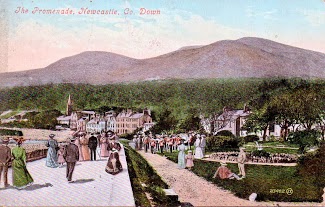
Newcastle town
on the coast 4km SE of Castlewellan
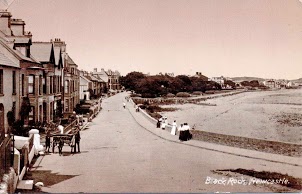
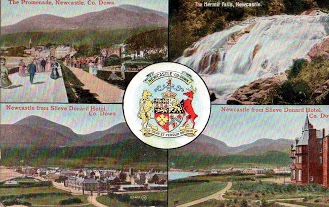
|
Ros
Davies' Co.
Down, Northern Ireland Family History Research Site
© Rosalind Davies 2001 Permission granted to reprint research for non-profit use only |
Newcastle town in Kilcoo parish
click here for the photos & information on other areas of Kilcoo parish
Lord Annesley built a pier in late 1820s but it was never a favourite port for larger vessels. It was mainly a base for fishermen and the coastguard. I n 1836 there was a Church of Ireland & a Catholic chapel, and a school in town .The Catholic Parochial House is here. The fishing disaster of 1843 when 46 men from Newcastle & 27 from Annalong perished in a hurricane. Widow's Row, near the habour,was built to accommodate the grieving families. 1830 really marks the start of Newcastle's development in the 19th century for in that year the 3rd Earl decided to build a' marine residence' for himself and growing family at Newcastle. This was a large two-storey house built of granite on the slopes of Slieve Donard, great views of Dundrum Bay and called Donard Lodge. Lord Annesley also considered how Newcastle could be developed as a resort. At this time there were only 160 houses in the village which were simply thatched and whitewashed cottages. There was a Methodist meeting-house, a police barracks, a Post Office kept by James Hyland , several shops and public houses (like George Mulligan's) ,a Hibernian Society School run by Miss Martha McKegney and a cluster of fishermen's huts in King Street. The population in 1831 was 987 people. The first improvement was the erection of the Annesley Arms Hotel on the site of the old Magennis castle. Nearby a bath-house and a pavilion were built, then an Anglican church and a stone pier. Cottiers and fishermen were discouraged from living there. By 1850 Newcastle was recognised as one of the best resorts for the gentry. The railway from Belfast opened on 26th March 1869 and this brought new prosperity to Newcastle. ( Email me for a photo of the railway station c. 1900 ( 27 Mar 1967R,DR*). More hotels were built, with the magnificent Slieve Donard Hotel opening on the 21st June 1898. It continued to be a major resort town and still is today. Cultural Feis organised here Jul 1904 (LR 2005 p49-54). The population in 1910 was 1553 people. (POD) Newcastle during Second World War (LR 2013 p9-12) There is an article in Lecale Miscellany 2002 about the lifeboat crews of Newcastle & Dundrum Bay. articles from Down Recorder newspaper; article from Mourne Observer newspaper; Newspaper article from Newtownards
Chronicle; |
||||
| References; WDG p54,55,56,58,59 (old castle paintings); V3 p 41, 42, 43 OSM: DR:5/11/03*; NWAG; NC ; O'L V1 p 50; PNNI V3 p 117; LM 2002 p 31; SSM p107,111; POD; DR 11/1/2012 p28 (photo of harbour c. 1920) | ||||
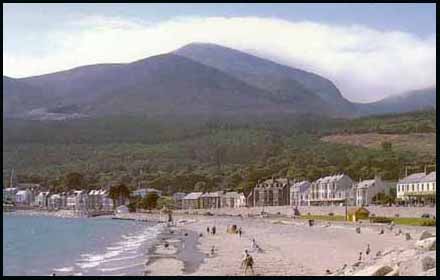 |
|
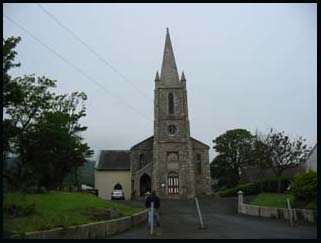 |
|
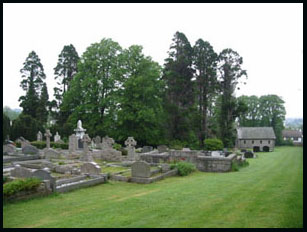 |
|
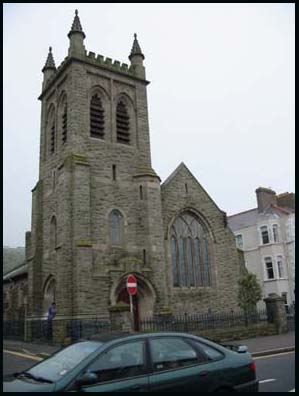 |
|
|||
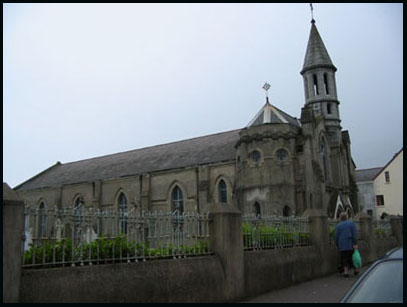 |
|
|||
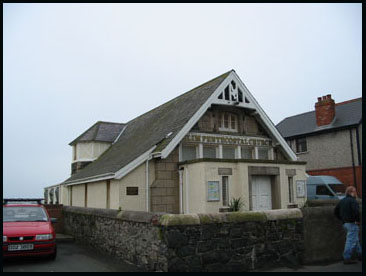 |
|
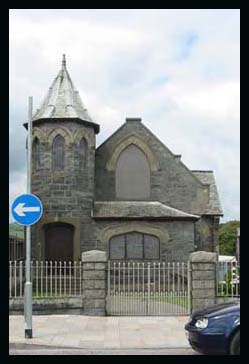 |
|
by Ros Davies